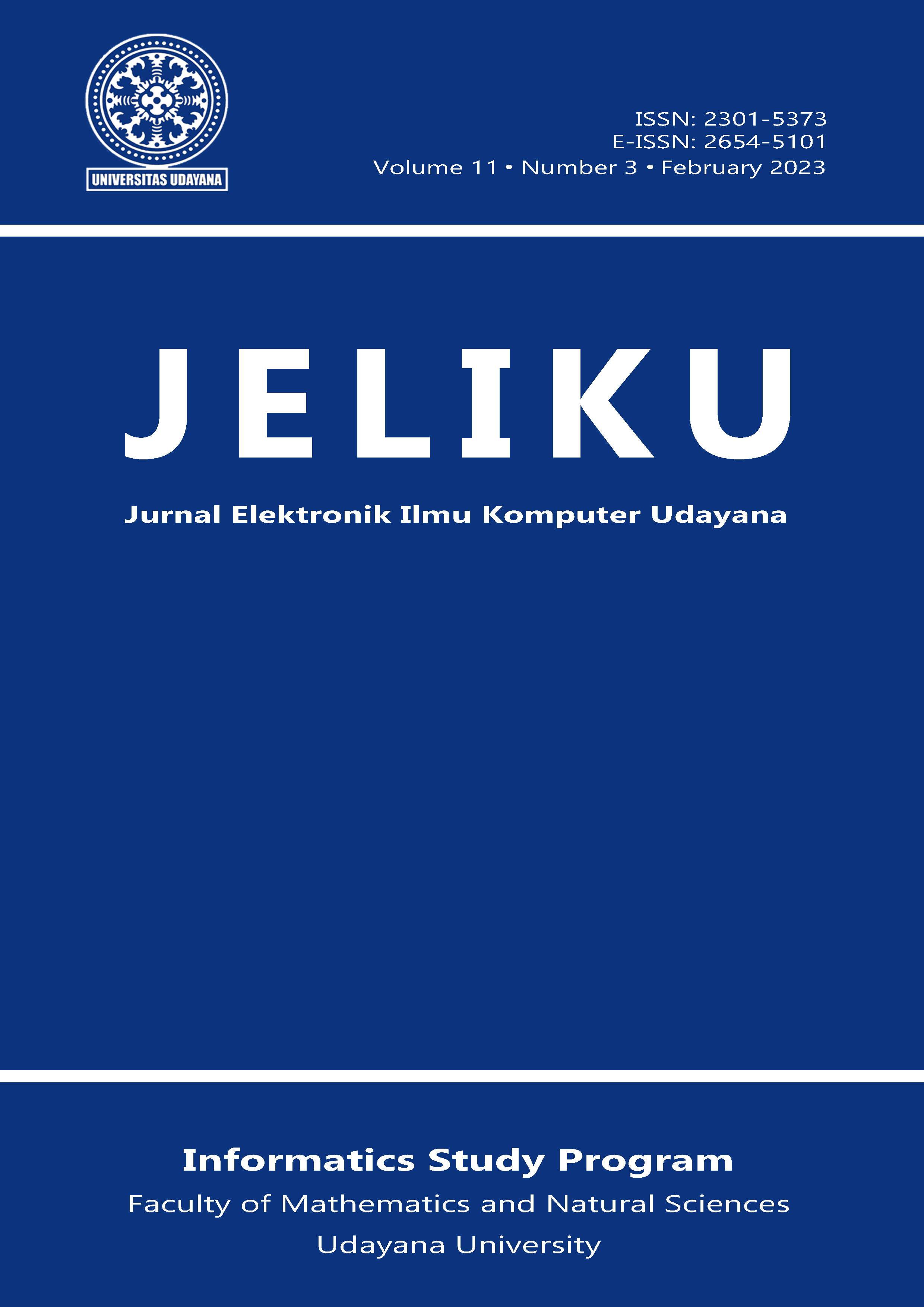Hybrid Method Implementation Fuzzy K-Nearest Neighbor (FK-NN) And Particle Swarm Optimization (PSO) for Classification of Liver Disease
Abstract
Liver disease is a disease that attacks the liver or liver where this disease is caused by viral infections, toxic materials and bacteria, causing inflammation of the liver and causing the liver to not function properly. Therefore, the author will conduct research to make a Liver Disease Classification program. This research will use Fuzzy K-Nearest Neighbor (FK-NN) and Particle Swarm Optimization (PSO) methods. Fuzzy K-Nearest Neighbor is a classification method that combines fuzzy and k-nearest neighbor algorithms. Particle Swarm Optimization is a simple optimization technique to apply and modify several parameters. This research will implement the application design to the lines of web-based program code using the Python language and the Django framework. This study resulted in the value of the accuracy range obtained by the PSO-FKNN hybrid method is 66 to 74 (in percent) compared to the range of accuracy values ??of FKNN without the hybrid method is 64.90% to 68.29% (in percent), the difference in the accuracy values ??obtained by PSO-FKNN FKNN is affected by changes in the position of the training and testing data in each test






